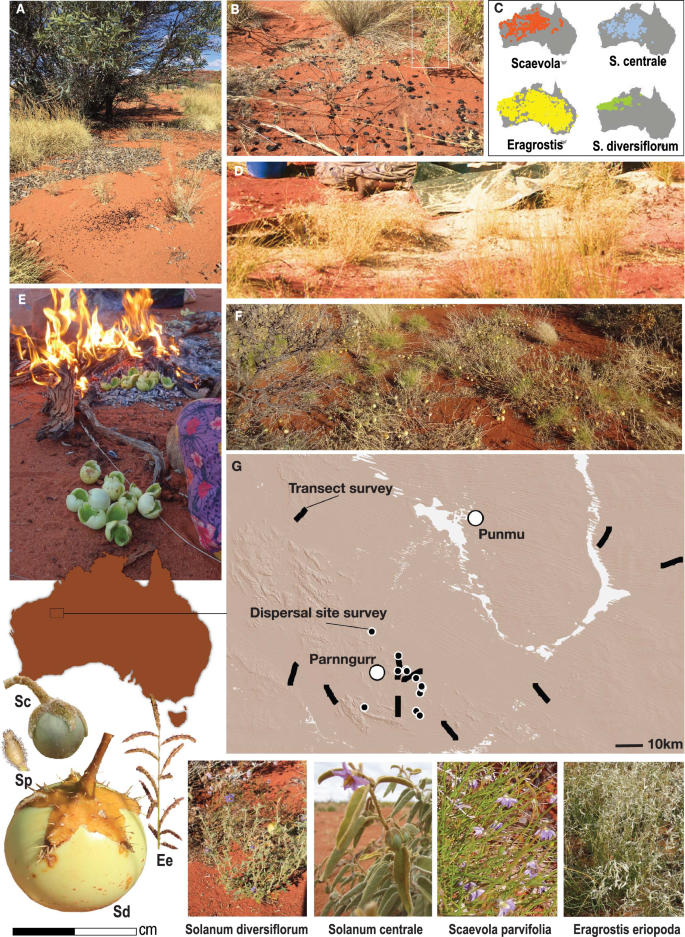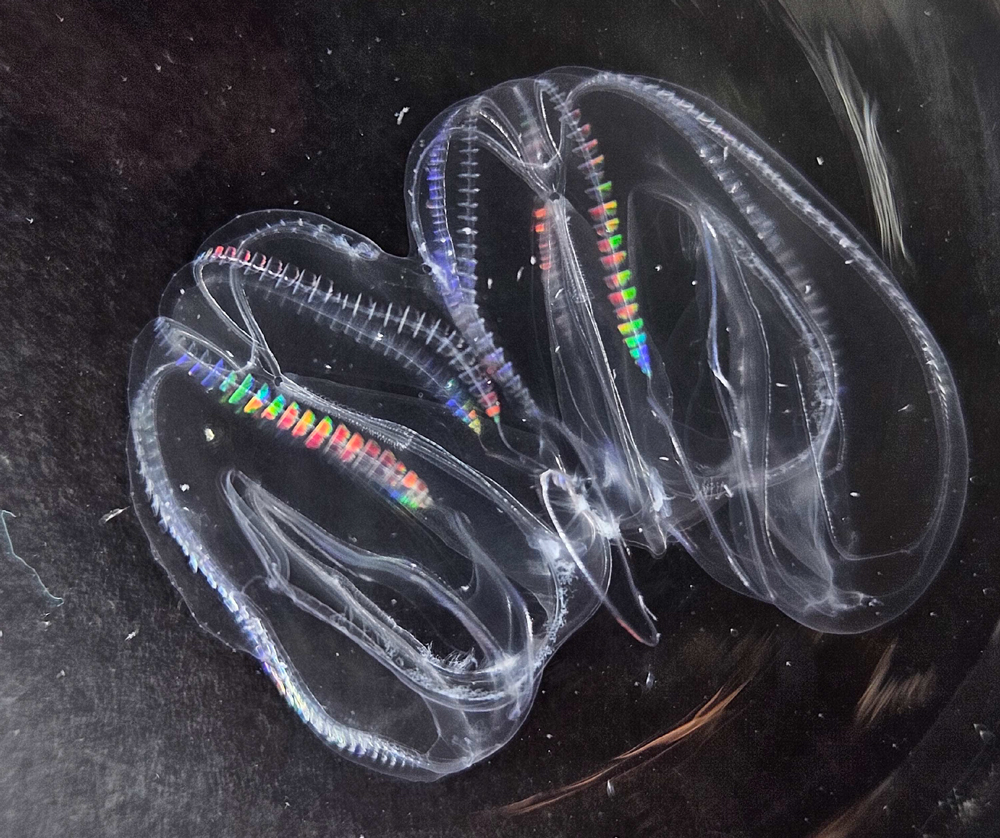2024-10-10 ペンシルベニア州立大学(PennState)
<関連情報>
- https://www.psu.edu/news/research/story/landscape-effects-hunter-gatherer-practices-reshape-idea-agriculture
- https://www.nature.com/articles/s41467-024-50300-5
マルトゥ族による種子散布がオーストラリアの乾燥地帯における在来植物の分布を促進 Seed dispersal by Martu peoples promotes the distribution of native plants in arid Australia
Rebecca Bliege Bird,Douglas W. Bird,Christopher T. Martine,Chloe McGuire,Leanne Greenwood,Desmond Taylor,Tanisha M. Williams & Peter M. Veth
Nature Communications Published:17 July 2024
DOI:https://doi.org/10.1038/s41467-024-50300-5

Abstract
Commensal relationships between wild plants and their dispersers play a key ecological and evolutionary role in community structure and function. While non-human dispersers are often considered critical to plant recruitment, human dispersers have received much less attention, especially when it comes to non-domesticated plants. Australia, as a continent historically characterized by economies reliant on non-domesticated plants, is thus a key system for exploring the ecological role of people as seed dispersers in the absence of agriculture. Here, we utilize a controlled observation research design, employing ecological surveys and ethnographic observations to examine how seed dispersal and landscape burning by Martu Aboriginal people affects the distribution of three preferred plants and one (edible, but non-preferred) control species. Using an information theoretic approach, we find that the three preferred plants show evidence of human dispersal, with the strongest evidence supporting anthropogenic dispersal for the wild bush tomato, Solanum diversiflorum.


